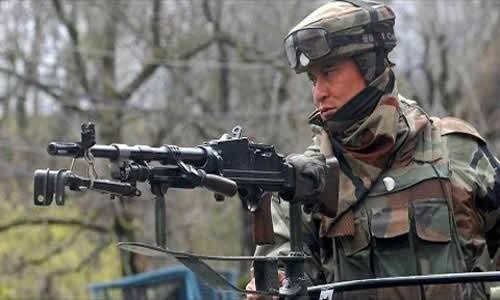NEW DELHI: The 1.2-million strong Indian Army wants to be leaner and is looking to cut flab in non-combat areas. Army chief General Dalbir Singh has ordered a study to determine how the force, battling a fund squeeze, can be rightsized, said a top army officer familiar with the plan.
The army chief has asked one of his senior-most generals to come up with recommendations by August-end to initiate targeted reductions to improve the force’s tooth-to-tail ratio — the number of personnel (tail) required to support a combat soldier (tooth).
“Spending cuts have squeezed the budget. Strengthening the tooth-to-tail ratio will improve combat efficiency and result in savings. The roadmap to reform should be ready in three months,” the officer was quoted by Times of India.
Determining the ratio, however, could be complex. The figure could vary with the model used for calculation, lieutenant general Philip Campose, who retired as vice-chief, said.
“But at a very basic level, if we talk about an army division… it has a fighting complement of around 14,000 soldiers. They are supported by around 3,000 soldiers in a logistics role. The size of this tail can be reduced to improve the ratio,” Campose said.
The army has a sanctioned strength of 49,631 officers but is short of 9,106 officers. Reorienting roles of officers could help improve the ratio, he said.
General Singh’s orders come barely five months after Prime Minister Narendra Modi said that “modernisation and expansion of forces at the same time is a difficult and unnecessary goal”.
The PM’s message was clear: More money should be spent on sharpening combat potential through technology rather than support elements.
The army cut more than 14,000 jobs between 2005 and 2013 -- a minuscule number considering the size of the world’s second biggest force. Rightsizing will help control ballooning expenditure.
The study will review the army’s “logistics philosophy and concepts” to help arrive at the “most advantageous model of sustenance”, said another senior officer who did not wish to be named.
“It will examine the impact of the ongoing modernisation drive, the spread of automation and improved communications,” he said.
It will also focus on inventory management and identify areas where civilian workforce can be cut down. It will look at all arms and services and logistics organisations.
Some other wings where workforce could be trimmed include the Military Engineer Services, Directorate General of Quality Assurance, Directorate General of Defence Estates and the Ordnance Factory Board, a source said.
Cutting costs could help plug fund shortage to some extent. In a report tabled in Parliament on May 3, defence secretary G Mohan Kumar admitted that India’s military spending for 2016-17 was not in keeping with the requirements of the armed forces.
In February, India announced it would spend Rs 2.58 lakh crore on defence, a hike of 9.7% over last year’s revised estimates.






